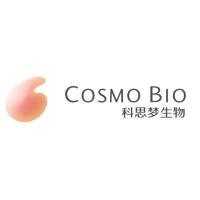In Situ Hybridization to Sections of Xenopus Embryos
互联网
617
Analysis of the spatial and temporal regulation of genes during embryogenesis is necessary if we are to understand their roles in developmental processes. In situ hybridization is the standard procedure used for describing the patterns of gene expression in embryos. In this technique, an antisense RNA probe, complementary to the mRNA from the gene of interest and labeled with radioisotope- or hapten-substituted ribonucleotides, is generated by an in vitro transcription reaction. The probes are hybridized to mRNA fixed in embryos, these are then washed under stringent conditions that only allow the probe to remain hybridized to the message. Finally, the probe is detected by autoradiography if it is radioactively labeled or by immunohistochemistry if it is hapten labeled. In the protocol described here, probes are labeled with the hapten-substituted ribonucleotide, digoxygenin-11-uridine-5′-triphosphate (DIG-11-UTP) and visualized by an anti-digoxygenin antibody conjugated to alkaline phosphatase, which catalyzes a chromogenic reaction.









